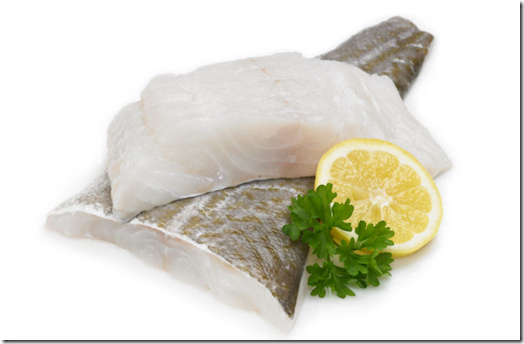 I first wrote this in 2017, but it’s had a run of hits lately. And I’m just making another batch, so an update seemed in order.
I first wrote this in 2017, but it’s had a run of hits lately. And I’m just making another batch, so an update seemed in order.
I like cooking, and I especially like to be able to reproduce food that I would normally end up paying an arm and a leg for if I went out and bought it from a restaurant or takeaway. I can make curry that tastes almost identical to those you get from an Indian Takeaway, and I can make pizzas which are also identical to takeaway ones.
Doner Kebabs (or ‘gyros’ if you’re in the USA) were always on my ‘to do’ list, but my previous attempts weren’t successful. Membership of various local cash & carry outlets means that I have access to the kinds of things you wouldn’t find on supermarket shelves, and I’ve seriously considered buying a whole doner leg (that’s one of those big things that slowly turn around in front of the grill at the kebab shop). If I’d have been stupid enough to do it, God only knows what I’d have done with 10kg of cooked doner meat – and yes, even the thought of buying a proper doner grill passed through my mind more than once. But genuine satisfaction could only come from being able to make doner meat from scratch.
The few goes I had were a hell of a palaver. It was all about mincing lamb breast twice, forming patties, pushing them inside an empty tin can, cooking it, then using a blow torch whilst turning the mini-doner leg on a fork and slicing layers off. Even the pictures that accompanied one of the recipes I tried (and note that the flavour of this was very good, if you’re wanting to make your own seasoning mix) showed that the final slices of meat were coarser-textured and nothing like a proper slice of doner meat. That’s how it turned out for me – the taste was pretty much spot-on, but the cooked meat was crumbly and had no ‘bite’ to it (and frankly, I wan’t that interested in farting around with a mini-doner leg, I just wanted the meat) The worded version of that same recipe suggested that commercial preparations ‘probably’ use transglutaminase – or meat glue – to hold the texture. That sounded somewhat plausible and I’d planned on trying it, when out of the blue the answer came from… bacon. Why bacon, you ask? Well, I had started curing my own bacon and I needed some curing salt. Whilst searching, I came across Surfy’s Home Curing website as a source. While browsing Surfy’s site I noticed that he also sold Doner Kebab Seasoning, and with my previous failed attempts in mind, I asked a few questions about the texture problem I’d experienced. That’s where the key piece of information came from: temperature.
In a nutshell, the most critical part to getting the texture right when making doner kebab meat is the temperature you do the mixing at. It has to be very, very cold, almost freezing – but not quite.
I can vouch for Surfy’s Kebab Seasoning, but you can get other brands. Some of them are commercial mixes so they should be fine.
Making Doner Kebab Meat
Surfy’s Kebab Seasoning, comes with a handy recipe for doner meat. The recipe is so simple that I couldn’t believe it was going to work, but I decided to give it a go exactly as it was written to see what happened.
I bought two 500g packs of lamb mince from Asda and stuck them in the freezer along with a bowl of water. When the water had just started to freeze (therefore acting as a crude thermometer), I threw the mince into my Kenwood Chef fitted with the K blade, added 50g of the kebab seasoning, and mixed on a medium-high speed until it became sticky and of a uniform texture (just like pink bread dough, in fact). Then I added 50g of the ice-water and mixed for a minute more, also on medium-high speed. Apart from the hour or so in the freezer beforehand, it took less than 10 minutes to produce the meat mixture in accordance with Surfy’s Recipe.
As I said above, I wasn’t in the least interested in producing a weird shape I’d have difficulty cooking and handling, so I packed the mixture firmly into a non-stick loaf tin by hand. Rather than just roast it, I decided to use a crude bain-marie, so I placed the loaf tin inside another tin and half filled that with boiling water and placed it in a pre-heated oven at Gas Mark 4. Using my Meater probe (any thermometer will do), I let it cook until the inside temperature reached above 75°C. Once removed from the oven, I drained off the rendered fat and let it cool a little.
As soon as I cut into it I could immediately tell that I’d cracked the texture problem. It was firm and held together perfectly. And when I tasted it, it was identical to shop-bought kebab meat in both taste, smell, and texture. Once it was completely cool, I used my bacon slicer to slice it up into strips. The cooked loaf was about 220mm x 110mm x 65mm (i.e. slices were about 2½ inches wide).
I rolled the strips between parchment paper so that I could remove as many as I needed, and froze the roll for future use.
Making The Actual Kebabs
Re-heating can be done under the grill, in a pan, or in the microwave. Just don’t do it for too long, otherwise the strips dry out (though you might prefer your doner meat that way). Personally, I like mine juicy, so 30 seconds or so in the microwave gives you perfect moist strips.
I’ve typically like my kebabs on Pitta Bread, but I always find it a bit hit-and-miss over whether a pitta will puff up or not. Recently, Asda has started selling Naan Wraps, and these are absolutely perfect. They’re now my preferred bread for kebabs (until Asda stops doing them, as is their wont).
One of my kebabs will therefore be a naan wrap, 3 or 4 slices of meat with my favourite sweet chilli sauce on top, then finely sliced red and white cabbage, onions, peppers (that’s my own addition), onions (red or white), tomatoes, cucumber, and Iceberg lettuce. You can put as many vegetables on it as you like. And that’s it.
Costing
I estimate that 1kg of lamb mince produces enough doner meat for up to ten kebabs – admittedly, perhaps not if you put the same amount of meat in you get from takeaways, but that’s probably a good thing because they are usually into pig-out territory anyway. At £8 per kg of mince, plus £0.60 for the seasoning, each serving of meat comes to about 85p. With all the other stuff, you’re looking at well under £1.50 per kebab – and it’s a full, healthy meal. You’d be looking at £5-£6 in a takeaway, and a lot more fat.
Nutrition
No one is ever quite sure what goes into commercial kebab meat. Even taking away concerns about the actual animal the meat in them comes from, they are loaded with additional fats (often trans fats) that have been added eat during manufacture. And since we’re looking at commercial production, chemical additives (sodium phosphate, in particular) are used, quite possibly along with synthetic flavourings in some cases. In short, you simply don’t know what you’re eating – just that you’re eating a lot of it (and you know you shouldn’t).
The only fat in this homemade meat comes from the lamb. The Asda lamb I bought contains less than 20% fat in the first place, and a lot of that is rendered out during cooking (which I pour away). It contains nothing except lamb and the seasoning.
I estimate that each homemade kebab weighs in at no more than 800 calories, even on a large naan (less on one of the Asda wraps I mentioned). On a pitta it’s closer to 500 calories. Indeed, the majority of the calories come from the bread and not the meat. It’s no more than a typical meal, and a lot healthier since it contains a lot of vegetables.
If you were on a 2,000 calorie diet, you could have up to three of these as your main meal without any worries. A shop-bought kebab, on the other hand, could contain the full 2,000 calories in one go.
Could you cook it over a grill like they do in the shops?
Yes, of course. As long as you made sure it was properly cooked as you sliced it, the raw mixture could be formed on a spit, and rotated over or in front of an open flame to cook it. I haven’t tried it and have no desire to, but if you packed it tightly and then chilled it I’m sure it would be firm enough to put on a spit. Come to think of it, that’s how a takeaway I used to use many years ago did it – I watched him one day taking handfuls of meat mix out of a bowl, forming them into discs, and then throwing them on to the skewer of the large spit as he formed the ‘elephant leg’ a layer at a time. If you really, really want to go for the poseur approach, you can buy devices to do it. I’m not quite crazy enough to go this far, though I am crazy enough to have been tempted. Sorely tempted, I assure you.
Can you freeze cooked doner meat?
The recipe given above is cooked from fresh ingredients. If it is frozen quickly afterwards it’s fine for freezing. Just don’t let it hang around too long before you slice and freeze it. And never re-freeze it once thawed.
Freezing doner meat you bought in a kebab from a shop is definitely out. It was probably frozen to begin with, and you have no idea what the hygiene standards were when you were sold it. You don’t need me to tell you what the insides of kebab shops are like, and eating fresh from them is OK, but leaving it around for too long is asking for trouble.
Is it possible to buy doner meat already made?
Yes. Some cash & carry outlets sell tubs of cooked meat frozen. You can buy it in some supermarkets in smaller packs. It tastes fine, but it is relatively expensive compared with DIY.
What gives doner kebab meat its texture?
It’s all in the preparation. The meat has to have about 20-25% fat and it has to be very cold – almost freezing – when you do the mixing so that it can emulsify (i.e. the meat and fat are no longer separate). When you press it down into a mould or tray and cook it as described above, the texture is just right – not at all crumbly, but firm with a definite bite to it.

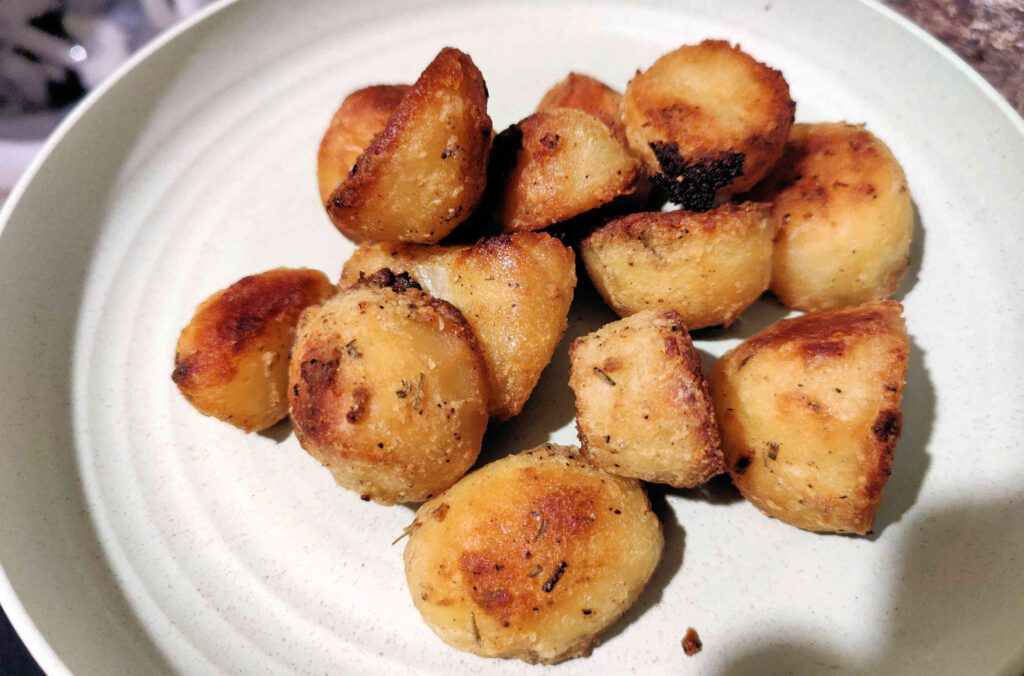


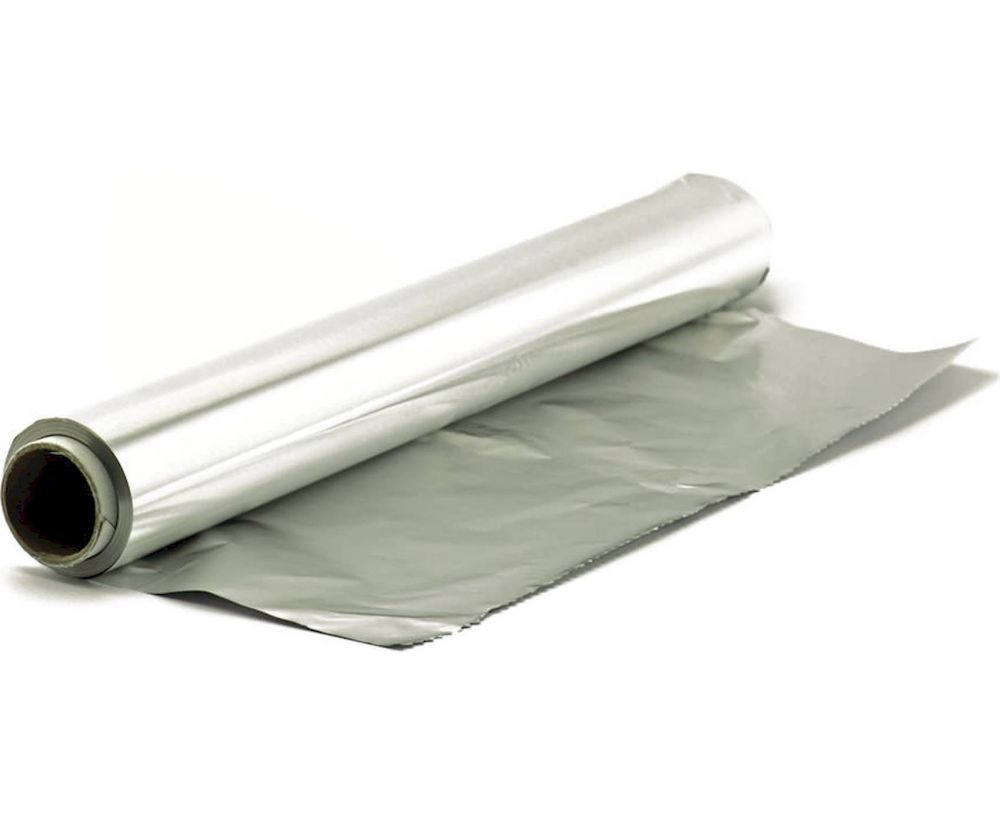 As most people will know, aluminium cooking foil has a shiny side and a dull one. This is not deliberate, and is simply a result of the shiny side being in contact with smooth rollers when it is manufactured.
As most people will know, aluminium cooking foil has a shiny side and a dull one. This is not deliberate, and is simply a result of the shiny side being in contact with smooth rollers when it is manufactured.
 I get food recall alerts from the
I get food recall alerts from the 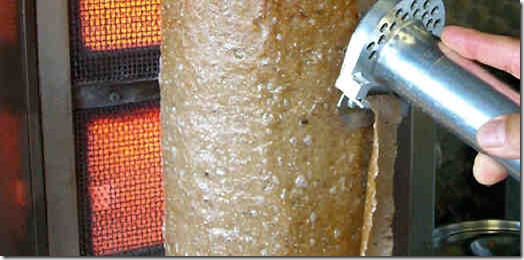 I first wrote this in 2017, but it’s had a run of hits lately. And I’m just making another batch, so an update seemed in order.
I first wrote this in 2017, but it’s had a run of hits lately. And I’m just making another batch, so an update seemed in order.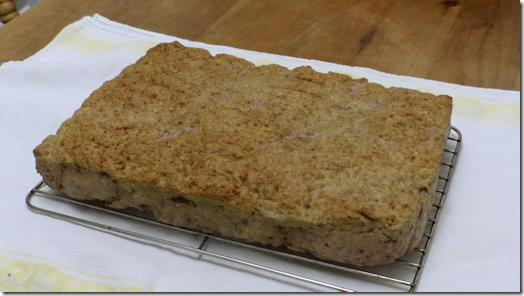
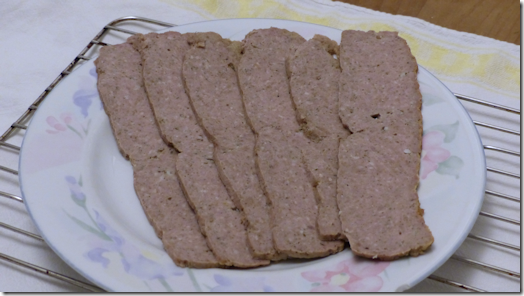
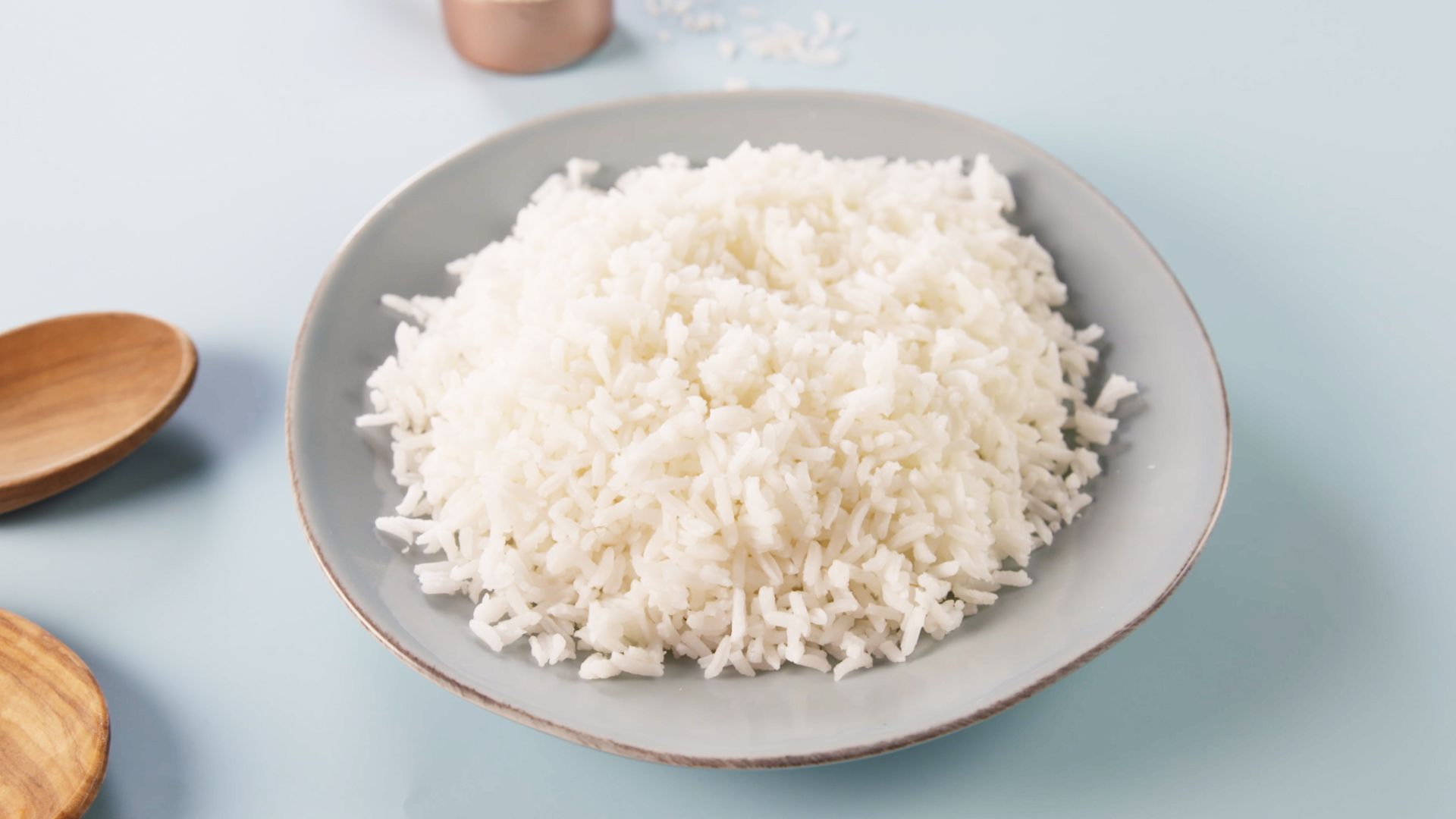 At the moment, my newsfeed is filled with stories about ‘the best rice cooker’ – probably as a result of my browsing history, I admit.
At the moment, my newsfeed is filled with stories about ‘the best rice cooker’ – probably as a result of my browsing history, I admit.
